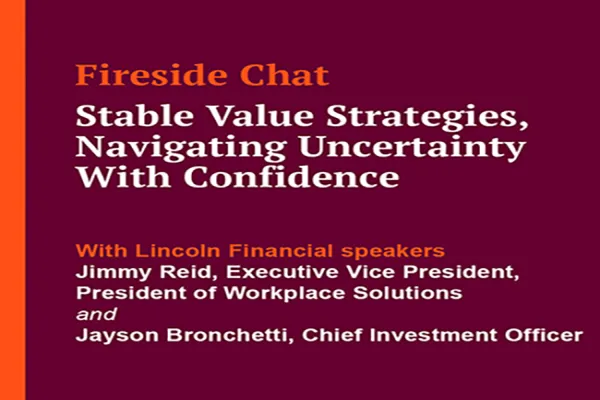After watching Enron Corp. and Global Crossing employees suffer devastating losses in 2001 from 401(k)s chock full of worthless company stock, American workers demanded more flexible rules governing share sales in their retirement plans. Many companies acquiesced, with several high-profile plan sponsors easing or eliminating restrictions on the sale of company stock owned in retirement plans. Among them: Chevron Texaco Corp., Gillette Co., Lucent Technologies, Mellon Financial Corp., Time Warner and Walt Disney Co.
Nonetheless, the quality of many workers' retirements still depends heavily on the performance of their employers' shares. According to a Profit Sharing/401(k) Council of America survey of 115 large companies early last year, the most recent tally available, 16 percent of the employees of companies that offer their own stock in their 401(k) plans have more than half of plan assets invested in this single security.
To mitigate the risk for employees at these and other companies, Merrill Lynch & Co. will soon introduce an investment vehicle that seeks to limit the downside potential of the shares. Using volatility arbitrage, also known as a managed risk overlay, the product, as yet unnamed, is designed to enable employees to realize some of the upside potential of their company's shares, explains Ron Albahary, chief investment officer of Merrill Lynch's retirement group. It's up to each plan sponsor to decide how to structure the overlay -- how much of the upside potential to offer for what price. By selling calls on indexed products such as a Standard & Poor's 500 index fund, an asset manager (as a fiduciary, Merrill isn't allowed to act as principal in these deals and must rely on an outside firm) generates enough return to pay for what amounts to downside protection on the company stock. The new product differs from a collar, which eliminates all of the upside of a stock beyond the level of the collar. Plan participants pay the cost of the call.
In addition, Merrill and Fidelity Investments have been making it easier for employees to sell company stock. They have set up systems to permit the trading of these shares on a real-time basis. For virtually all other plan providers, end-of-day pricing is the norm.
Says Merrill's Diane Talbot, director of defined-contribution-product development, "Plan sponsors don't want to give their employees a negative message about their own company's prospects, but they cannot sanction too much company stock in their retirement plans."
In all, some 25 percent of Merrill's defined contribution assets under administration -- about $18.5 billion of a total $73.8 billion -- is invested in company stock. Merrill has about 300 plan sponsor clients using its real-time trading system. The group includes Safeway and Coca-Cola Co., which have, respectively, 34 percent and 69 percent of their plan assets in company stock. Fidelity has 48 plans using its system, with about $3.9 billion in company stock holdings.
Employees of Gillette, a Fidelity client, have $750 million, or 47 percent of total 401(k) assets, invested in the company's stock. Until last year Gillette prohibited the sale of its shares in 401(k)s by any employees under 50. Last year, though, it lifted all restrictions. "We didn't want our employees to be at any disadvantage when they decided to sell their shares, just because they owned them in their 401(k)," says a Gillette spokeswoman.





